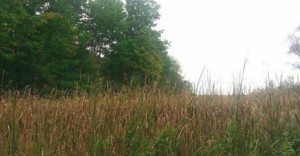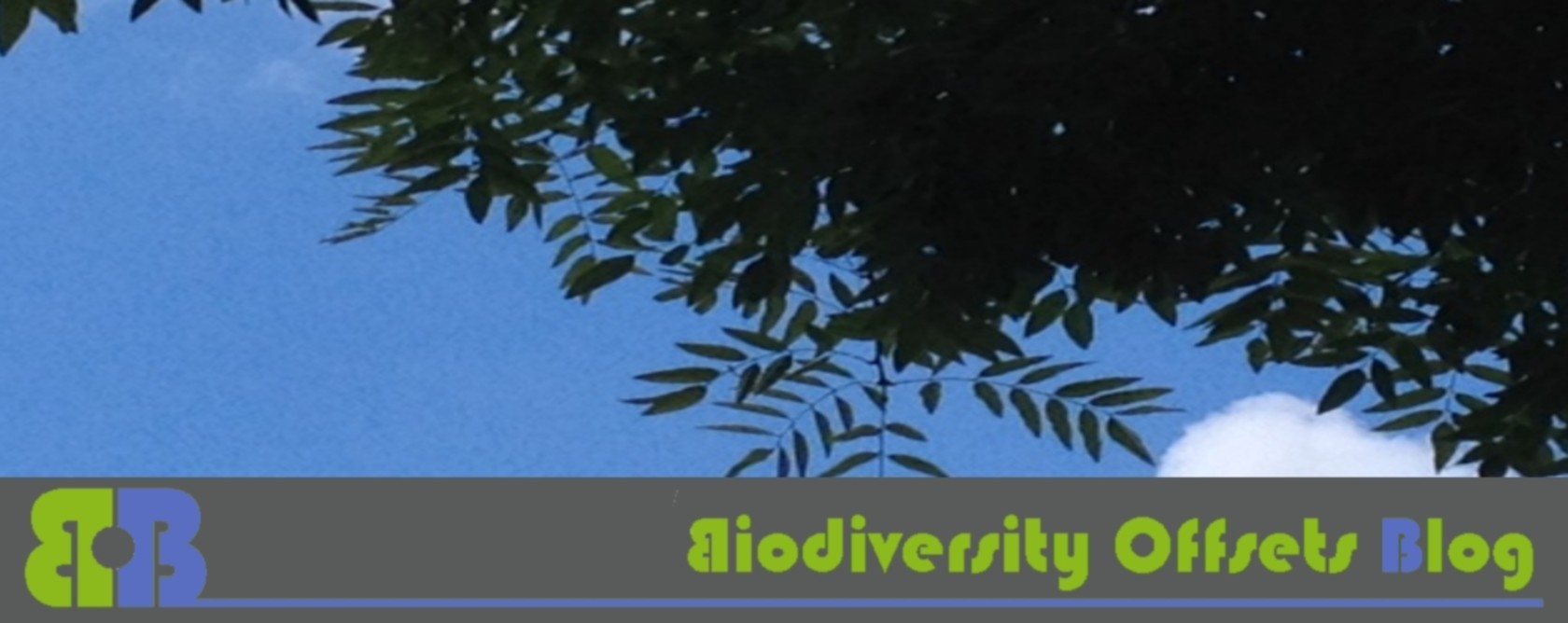 Here’s some last minute information on a public forum on biodiversity offsetting in the Niagara region (Canada). The public forum will be a vehicle for citizens to voice their opinion and ask questions relating to offsetting.
Here’s some last minute information on a public forum on biodiversity offsetting in the Niagara region (Canada). The public forum will be a vehicle for citizens to voice their opinion and ask questions relating to offsetting.
Date: Wednesday, January 27, 2015
Time: 6:30 pm (local time)
Location: Balls Falls Conservation Area, (a 20 minute drive from Brock University)
Fee: -
Read more below or see the related article and facebook invitation.
Information on the public forum
The need for a collection of voices is at an ultimate high with an increasing environmental concern existing in Niagara. There has been an immense amount of pressure going on by management to give up large amounts old land, and build houses, malls and infrastructure in its place. This results in the promise of “biodiversity offsetting”.
Biodiversity offsetting is quite literally developers coming in and taking down a certain acre of old, important, and complex land, and offsetting the acres; fully compensating for the land elsewhere. Economic development is the priority for the developers, while the land, swamps, forests, etc, that they build upon can never be truly and realistically duplicated. The land made as a result of biodiversity offsetting cannot hold the same value, same life or same history as previous land.
The Niagara escarpment holds a diverse and impressive amount of ecosystems from conifer swamps, caves, cliffs, streams, and oak savannahs. The escarpments hold life-cycles of birds, mammals, reptiles, amphibians, fish, native plans, and insects, some of which are at risk due to events like offsetting.
Ed Smith, a concerned Niagara resident, is passionate about the detrimental effects of biodiversity offsetting.
“We need to create a cry,” said Smith, in hopes that the fight against biodiversity offsetting is taken seriously be citizens and Ombudsmen — who have recently been appointed mandate over municipality concerns along with their provincial power. Ombudsmen then become responsible for the impact of choices on Niagara citizens.

Your first pole has spelling mistakes and your second pole on the side bar is flawed. By answering the second pole “What is your understanding of “success” of biodiversity offsets?” implies biodiversity offsets can be successful. But before that, the policy framework for biodiversity offsets must be defined before the question can be answered anyway.
Pingback: Follow up on Biodiversity offsetting public forum in the Niagara region (Canada) - Biodiversity Offsets Blog